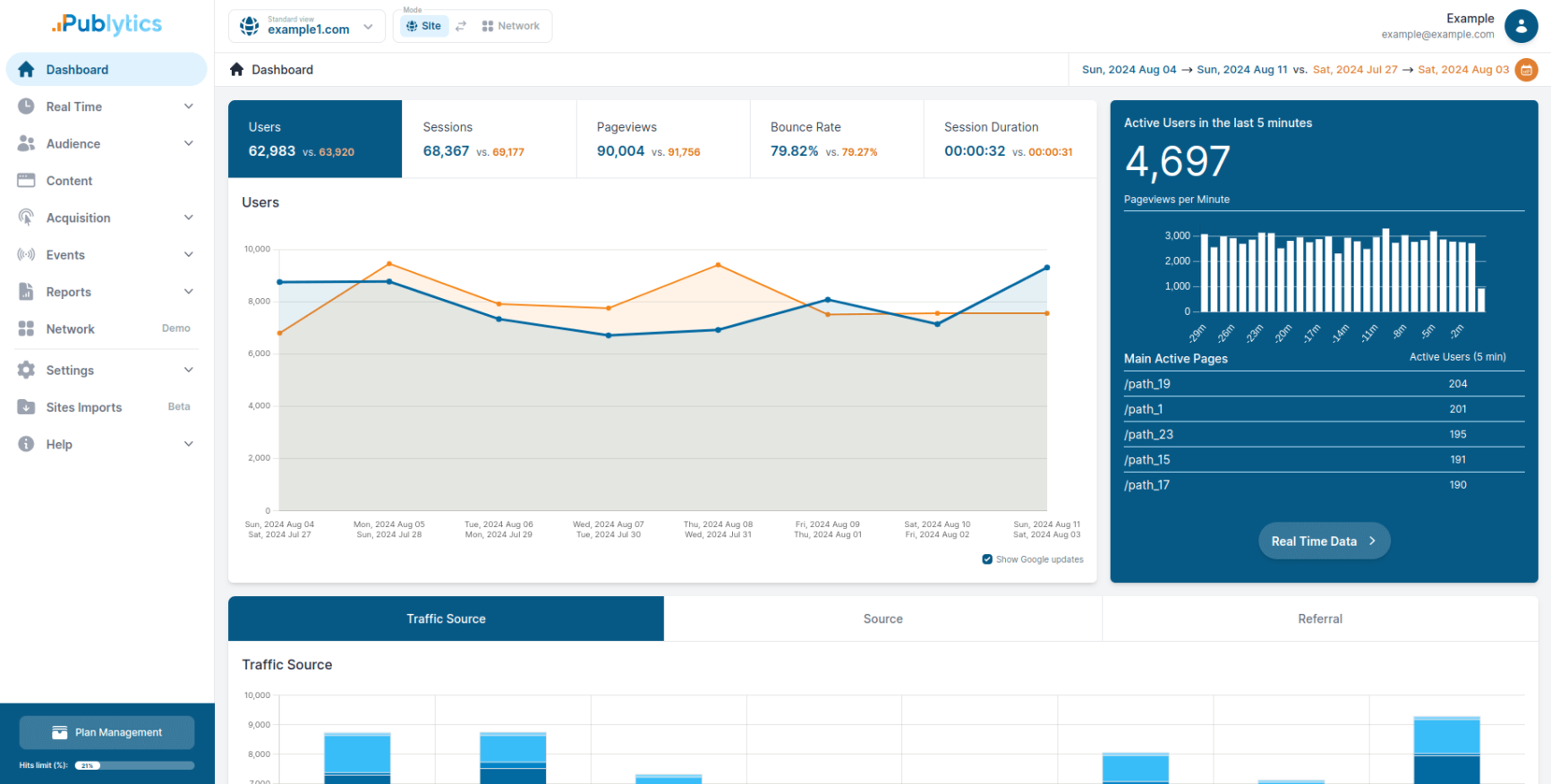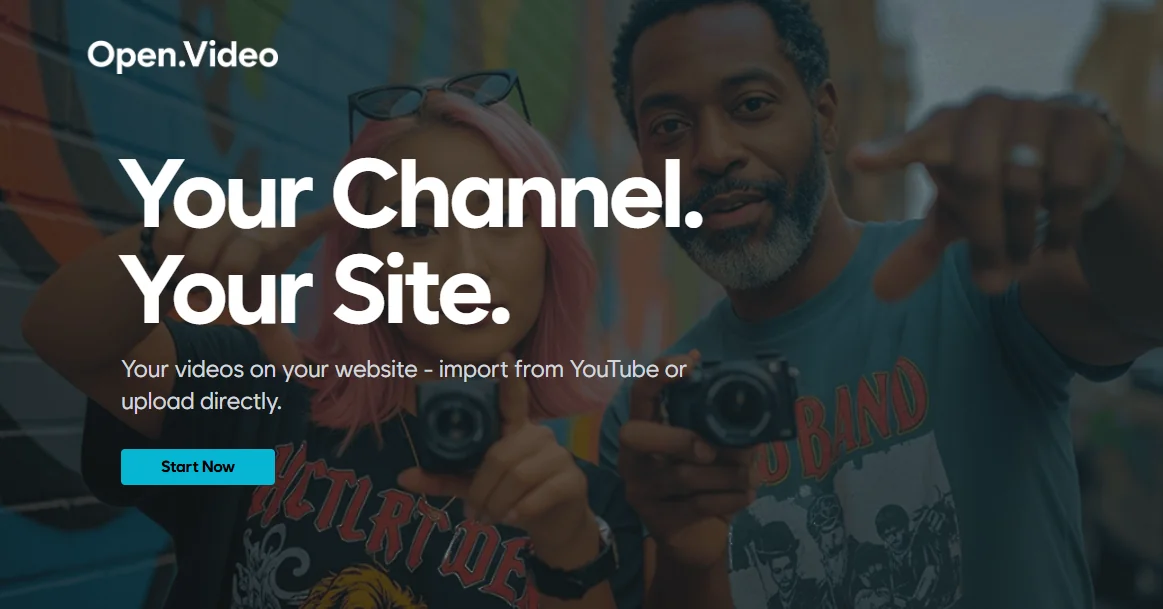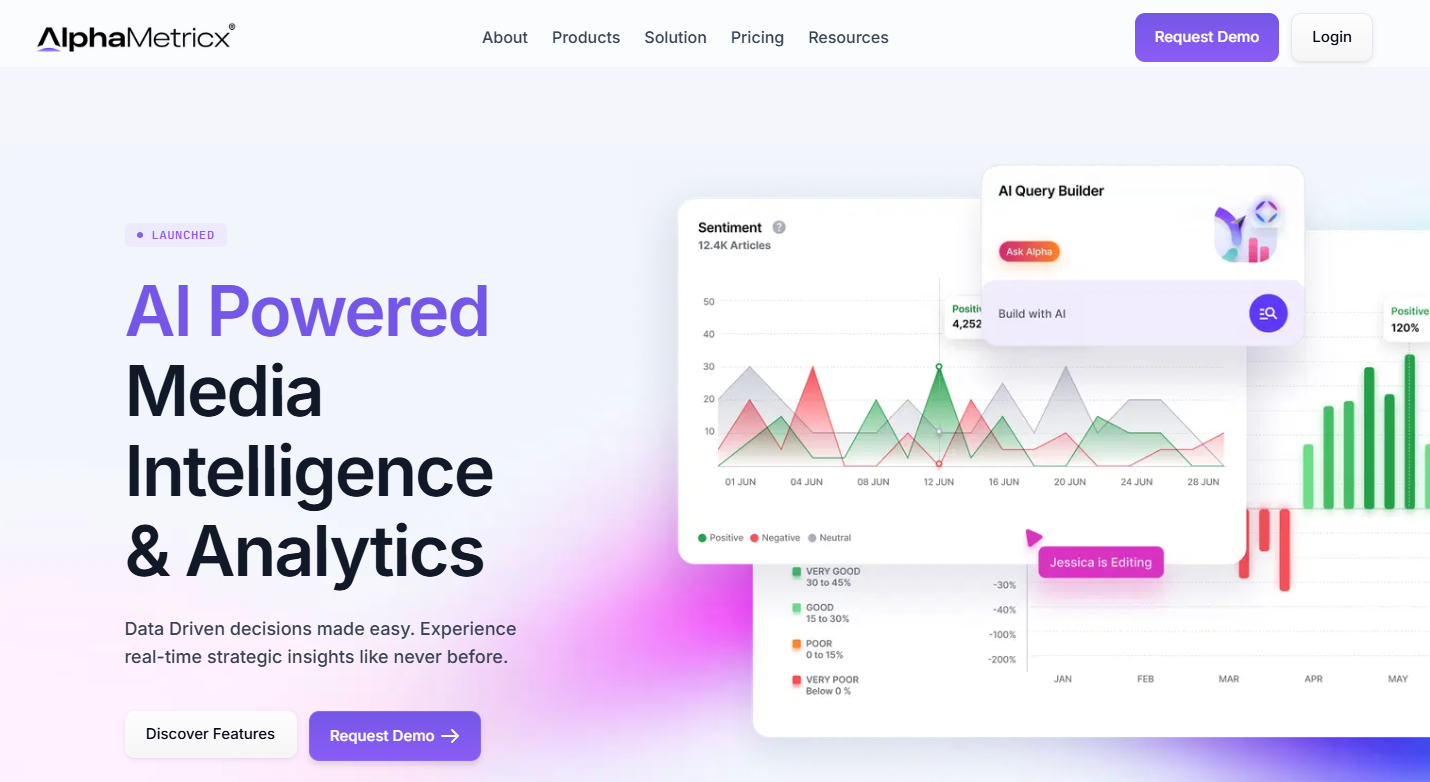Imagine an online advertising landscape where every ad reaches the right person, at the right time, in the right place, with the perfect message.
Programmatic advertising has exploded in popularity over the last decade because of its ability to deliver on this dream. The automation of ad sales has reshaped the way publishers, advertisers and marketers interact with one another and target audiences.
Programmatic ad spend is projected to exceed $550 billion globally in 2023, accounting for 85% of global ad spend manual.
Despite the programmatic advertising industry’s monolithic rise, the sector is actually composed of many different pieces. While publishers will rely on supply-side platforms (SSPs) to facilitate the sale of their advertising inventory, without demand-side platforms (DSPs) these transactions wouldn’t be possible.
Read on to find out how DSPs help advertisers find and then buy the ad inventory that lets them reach their desired target audiences.
What Is a Demand-Side Platform (DSP)?
A demand-side platform (DSP) is a programmatic advertising platform advertisers, media buyers and agencies use to automate the process of buying ad inventory.
DSPs give advertisers access to a variety of ad formats, from seamlessly integrated banner ads to immersive videos. This versatility means they can target audiences using the format that best aligns with their campaign goals. DSPs also allow advertisers to tap into inventory across multiple different ad networks—ranging from native ad networks to video ad networks—ensuring their ads are seen wherever audiences are most likely to engage.
Unlike traditional ad networks, where advertisers directly purchase inventory from publishers, DSPs focus on reaching specific audience segments across multiple publisher sites, elevating the buyer’s visibility.
In simpler terms, it acts as an advanced control center that assembles a wide range of inventory options, including from ad exchanges, ad networks, and SSPs, and offers an effective portal to manage and optimize ad campaigns.
For example, say a popular clothing brand wants to promote their summer collection, it would use a DSP to refine its audience targeting from a range of contextual, behavioral, demographic and device parameters to name just a few. The brand would also select a budget, pricing model and a range of different ad formats, before the DSP began seeking out suitable ad inventory.
Types of DSPs
DSPs can be roughly categorized into two types:
- Self-serve DSPs: These provide advertisers with direct control over campaign management, targeting and optimization, catering to those who prefer autonomy in programmatic advertising.
Example: Google Display & Video 360 is a comprehensive DSP that provides advertisers with the tools to plan, execute and measure their programmatic campaigns.
- Full-service DSPs: These offer comprehensive support from dedicated account managers that provide strategic insights, audience targeting recommendations and ongoing campaign optimization. These platforms appeal to advertisers seeking a collaborative and more guided approach.
Example: Basis Global Technologies provides managed services alongside its self-serve options and is considered an industry leader.
How Does a DSP Work?

Demand-side platforms (DSPs) support the buyer side of the programmatic advertising process, streamlining everything from targeting to ad placement.
Here’s a breakdown of how a DSP operates to connect advertisers with their desired audience.
Step 1. Advertiser Sets Up Campaign
It begins with the advertiser configuring their campaign settings within the DSP. They upload their creative assets, such as customized display banners or video ads.
Next, they define their campaign objective and preferred audience demographics. Advertisers also have complete control over their budget, allowing them to maintain financial control. This all can be managed through the DSP’s dashboard.
Step 2. DSP Scours Available Inventory
Once the campaign is set up, the DSP takes charge and taps into its network of publishers, ad exchanges and ad networks to locate suitable ad inventory that aligns with the advertiser’s requirements.
The DSP carefully assesses predetermined factors such as audience demographics, contextual relevance and available ad formats to identify the best potential placements across websites, mobile apps, and other digital platforms within milliseconds.
When a user visits a website or opens a mobile app with available inventory, the publishers’ SSPs will send a bid request to their demand partners. The DSP is responsible for evaluating both the user profile and the inventory. Based on predefined criteria, the DSP will decide in the blink of an eye whether to bid for the ad placement.
DSPs employ sophisticated algorithms to calculate the optimal bid value for each ad opportunity. These algorithms take into account the advertiser’s budget, targeting parameters, previous campaign performance, and the value of the ad placement.
Step 3. DSP Enters RTB
Once the DSP identifies inventory it will participate in a real-time bidding (RTB) auction for it.
The DSP then submits the bid on behalf of the advertiser, competing with other advertisers interested in the same inventory. If the bid is the highest among competitors, the DSP wins the auction and secures the ad placement. The process is completed at a lightning fast speed, ensuring minimal disruption to the user’s browsing experience.
Step 4. SSP Validates Bid and Serves Ad
Once the DSP wins the auction, it communicates with the publisher’s SSP to confirm the placement and deliver the ad.
It then retrieves the corresponding ad from the DSP associated with the bid. This is typically hosted on the DSP’s ad server or content delivery network (CDN). The SSP then facilitates serving the ad to the publisher’s audience.
Step 5. Ad Monitoring and Optimization
Once the ad placement is secured, the DSP takes charge of delivering the ad. The DSP ensures that the ad appears with appropriate context at the most opportune time, maximizing the chances of engagement and conversion.
The DSP then monitors the entire campaign and provides detailed reports, equipping advertisers with the necessary insights to gauge the effectiveness of their campaigns. Key metrics such as impressions, clicks, conversions and return on investment (ROI) serve as vital indicators for assessing campaign success.
Advertisers can leverage these performance analytics to fine-tune their strategies.
Step 6. Integration With Other Tools
Many DSPs provide integration with other adtech solutions, including data management platforms (DMPs) and customer relationship management (CRM) systems.
Integration allows advertisers to leverage supplementary data sources and amplify their targeting and personalization efforts. This gives the potential to unlock synergies, and leverage the strengths of each tool to create more effective and algorithmic advertising campaigns.
Difference Between a DSP and an SSP
Demand-side platforms (DSPs) and supply-side platforms (SSPs) are two key components of programmatic advertising. The key difference between DSPs and SSPs lies in their respective purposes within the digital advertising world.
DSPs cater to the needs of advertisers by helping them efficiently buy ad space across various digital channels. They focus on audience targeting, campaign management and optimizing ad performance. Also, the DSP relies heavily on audience data to target specific users and optimize ad delivery. They leverage first-party and third-party data to inform their bidding decisions.
SSPs, meanwhile, are designed to assist publishers in selling their ad inventory and prioritize yield optimization, inventory management and connecting publishers with potential advertisers.
Unlike DSPs, SSPs primarily use contextual data from the publisher’s website or app to determine which ad to display. SSPs consider factors such as the content of the page, user behavior, and the overall context of the ad placement.
Benefits of Using a DSP

Demand-side platforms’ (DSPs) most obvious advantage is that they offer advertisers access to a broad range of available inventory across various digital channels.
But improved reach, while incredibly valuable, is just one of their many benefits. Others include:
- Precision targeting: DSPs excel in providing advertisers with the tools to target audiences. Through partnerships with third-party data providers, DSP algorithms and analytic insights can shine a light on specific demographics, interests, behaviors and other relevant criteria.
These insights allow advertisers to pinpoint their ideal audience, better positioning their campaigns to engage and convert potential customers, ensuring every dollar spent is optimized.
- Finding the right Inventory: DSPs provide access to high-quality inventory across various media, including premium websites, mobile apps and social media platforms. This means that advertisers can secure prime ad spots across a diverse range of channels, ensuring maximizing exposure and engagement in their product.
By aligning their brand with the appropriate inventory, businesses can enhance their image and optimize engagement with their target audience. It also provides optimal control over budget allocation and cost-effectiveness, which eliminates costly manual labor and maximizes ROI.
- Global access: DSPs offer the flexibility to support media buying across global markets. With the ability to transact in different currencies, advertisers can effectively tap into international markets and connect with their ideal customer base, regardless of geographical boundaries.
This feature enhances the accessibility of DSPs for advertisers by simplifying the process of managing and operating in multiple regions across different currency environments.
- Support systems: In the competitive landscape of internet advertising, having a reliable support system is paramount, and leading full-service DSP providers understand the value of customer support.
With account managers and technical experts, advertisers can receive everything from strategic advice to troubleshooting throughout the entire campaign lifecycle.
- Real-time data insights: Data analytics provide advertisers valuable insights into ad campaign performance, audience behavior and market trends.
- Enhanced efficiency through automation: The ability to access a marketplace of ad inventory instantaneously saves remarkable time and effort, allowing marketers to focus on higher-level strategic tasks.
Through RTB and programmatic algorithms, advertisers can not only streamline campaign execution but also optimize their ad spend.
- Unified advertising ecosystem: Advertisers are able to effectively execute all stages of their campaigns, from audience targeting and ad creation to bidding, optimization, and performance tracking, within a single platform. This eliminates the need for manually navigating multiple systems and vendors.
Disadvantages of Using a DSP
Although the benefits of these platforms are many, it’s important to understand that no system is perfect. Let’s look at some of the drawbacks of these platforms.
- Deep complexity: Demand-side platforms’ (DSPs) sheer level of features means they inevitably come with a significant level of complexity. Which might be overwhelming for all but the most seasoned marketers, requiring substantial time and effort to master. This steep learning curve can be a significant barrier to entry for smaller advertisers, leaving them at an initial disadvantage.
- Ad fraud: Digital ad fraud is an uncomfortable reality and ever-present risk. While DSPs have evolved to implement various measures to combat fraud, it’s still an ongoing concern. Advertisers should use additional fraud prevention tools to safeguard their investments and maintain campaign effectiveness.
Cybercriminals or bots can exploit vulnerabilities, creating fake impressions, click farms and non-human traffic and jeopardizing ad budgets and eroding ROI in the process.
- Ad blocking: The rise of ad blockers poses a serious challenge for DSPs. Consumers are increasingly using ad-blocking software to escape online, which means DSPs face reduced reach, lower ad viewability and declining engagement rates.
While ad blockers create an uphill battle for advertisers, who’s only alternative is to hope their publishing partners adopt one of the few comprehensive adblock recovery software solutions currently on the market.
4 Examples of DSPs
There are dozens of demand-side platforms (DSPs) currently on the market, leaving advertisers with a difficult task of sorting which will best serve their needs. While we have provided some real-world examples of DSPs to illustrate the features and services different providers offer, we recommend treating the below as a starting point for more thorough research.
1. Basis Technologies

Basis Technologies is an innovative AI-powered omnichannel platform that optimizes ad campaigns by analyzing diverse data parameters. It maintains access to multiple ad exchanges and an extensive range of more than 25,000 audience segments from over 30 data providers.
Basis Technologies’ solutions are good for organizations that rely on SAP (systems, applications and products) and want to improve their efficiency, reduce manual effort, enhance quality and ensure compliance.
Content from our partners
2. Google Marketing Platform

Every list of DSPs is going to contain the powerhouse that is the Google Marketing Platform, which boasts an array of products, including Campaign Manager 360 and the Display & Video 360 (DV360). It integrates with Google Ads, allowing advertisers to reach across Google’s impressive platform of inventory.
What truly distinguishes Google Marketing Platform is its synergy with Google’s own product suite, while welcoming other third-party features and server-to-server integrations. Marketers can cherry-pick the capabilities that perfectly align with their campaign needs.
3. Xandr Invest

Xandr Invest, owned by AT&T, is a powerful buyer-side solution specializing in Connected TV (CTV) and digital video within their digital advertising platform.
With a reach of 76% of US households in 2020, through participating TV networks, this DSP offers end-to-end campaign management and cohesive publisher connections on the Xandr Marketplace, as well as exclusive access to CTV identity solutions for boosting buyer engagement. It also boasts refined, built-in protection against ad fraud.
4. Amazon DSP

Amazon DSP leverages the eCommerce giant’s extensions user base and shopping data. One of its notable features is that access to Amazon DSP is not limited to sellers on Amazon, effectively broadening the platform’s influence.
With Amazon DSP, advertisers have two options: self-service and managed service. For those who are new to programmatic advertising or require guidance, the managed service option is available with a minimum spend requirement of $35,000.
Final Thoughts
When it comes to choosing the best ad networks, leveraging the power of a demand-side platform (DSP) can be an incredible asset for companies. DSPs provide advertisers with a centralized platform to access multiple ad networks, ensuring broader reach and increased exposure to the ideal customer segment.
By using advanced algorithms and precise targeting capabilities, DSPs empower advertisers to establish the optimal bid value for ad placements, tailored to their specific audience segments. This automated decision-making process not only expedites the ad-buying process, but also maximizes its cost-effectiveness and overall efficiency.
As the digital advertising landscape continues to evolve, harnessing the full potential of DSPs will undoubtedly remain a key strategy for advertisers aiming to stay ahead of the curve and deliver impactful experiences to their target audience.
FAQs
Who Should Use Demand Side Platforms?
Advertisers, agencies and marketers who want to effectively manage their custom ad campaigns should use demand side platforms (DSPs).
How Does a Demand Side Platform Make Money?
DSPs typically make money by charging a percentage-based fee on the media spend managed through their platform. Advertisers pay a fee to the DSP for the services provided, including campaign management, audience targeting and access to ad inventory from various sources.
What Is a Mobile Demand Side Platform?
A mobile DSP is a technology platform that enables advertisers to programmatically buy and manage mobile ad inventory across various mobile ad exchanges and supply sources.
A mobile DSP also provides tools and features specifically tailored for mobile ad campaigns, including targeting options, real-time bidding (RTB) and measurement capabilities.












